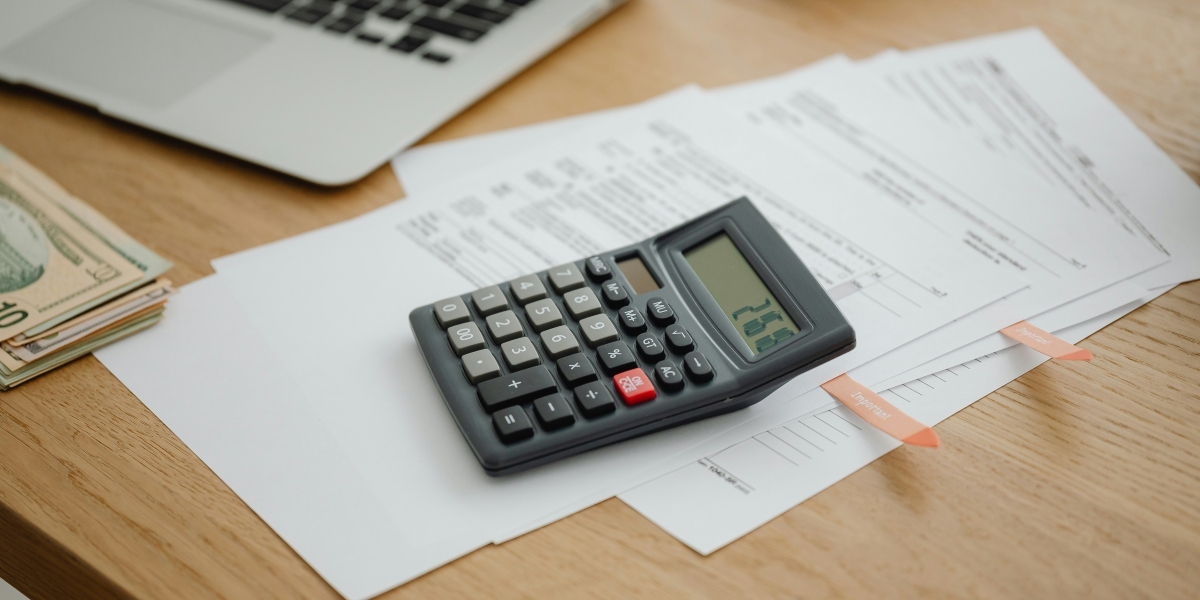Following significant losses in the stock market in the U.S. and Europe, Asian markets sank on Friday as concerns about the economy grew following a series of rate hikes worldwide. The U.K. and Switzerland boosted interest rates on Thursday, a day after the Federal Reserve of the United States announced the highest rate hike since 1994.
Policymakers are hiking interest rates to decrease demand and alleviate some of the pressures that are driving up consumer prices. However, investors are concerned that the actions may cause the global economy to slow down more. Prior to the U.S. rate hike this week, markets had already been in risky terrain, with the S&P 500 down more than 20% from its January peak.
The Nikkei 225 index in Japan was down 1.6 percent on Friday, while Australia’s main stock market index was down more than 2%. That occurred following a sell-off in the U.S. on Thursday, with the S&P 500 plummeting 3.2 percent and the tech-heavy Nasdaq dropping more than 4%. The Dow Jones Industrial Average dropped 2.4 percent, falling below 30,000 points for the first time since January 2021.
Few corporations were spared, with industries that rely on discretionary expenditure, such as Nike and airlines, taking the brunt of the damage. Energy businesses, which would see demand plummet if the economy slowed, also fell.
Tesla’s stock dropped 8.5 percent after the company announced price hikes in response to increased costs. U.S. officials are also scrutinizing the autopilot functions of the electric automaker.
Spotify’s stock dropped 7% a day after the streaming behemoth announced it was suspending recruiting in the face of economic uncertainty, becoming the second major internet business to do so.
The current situation of the stock market and the economy in the United States
The Federal Reserve raised its benchmark short-term interest rate by three times its average amount on Wednesday, the largest increase since 1994. It may consider another such rate hike at its July meeting, but Fed Chair Jerome Powell has said that increases of three-quarters of a percentage point are unusual.
The Federal Reserve has only recently begun releasing some of the trillions of dollars in bonds it purchased during the pandemic to roll off its balance sheet. This should put upward pressure on longer-term interest rates, and it’s another way central banks are pulling supports that were previously propped beneath markets to sustain the economy.
Even though the labor market is strong, the Fed’s actions come as some worrying indications about the economy have emerged. The most recent was a data released on Friday that showed the nation’s industrial production was lower than predicted last month. Other dismal data, such as declining retail spending and sour consumer confidence, have fuelled concerns that the Fed’s efforts may be overly harsh.
Powell will appear before Congress on monetary policy this week, and anything he says will undoubtedly influence trading. The testimony is set to take place on Wednesday and Thursday, which might result in more wild swings on Wall Street.
The Nasdaq led the market on Friday, thanks to technological sector gains. Amazon was up 2.5 percent, while Nvidia was up 1.8 percent.
Other stocks, which had taken a beating on Thursday due to fears of a future recession and inflation wreaking havoc on consumers, have now recovered. Norwegian Cruise Line and American Airlines Group gained 10.1 percent and 6.4 percent, respectively. However, both were down more than 12% for the week.
Smaller company stocks, which tend to move more in lockstep with forecasts for the strength of the U.S. economy, outperformed the rest of the market. The Russell 2000 index of smaller companies increased by 15,86 points, or 1%, to 1,665.69. However, it was still down far more for the week than the entire market, at 7.5 percent.
Due to the Juneteenth holiday, U.S. markets will be closed on Monday.





